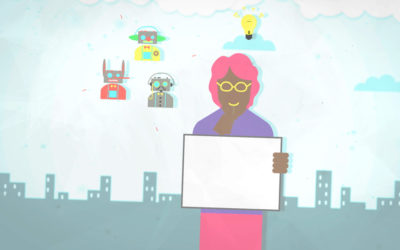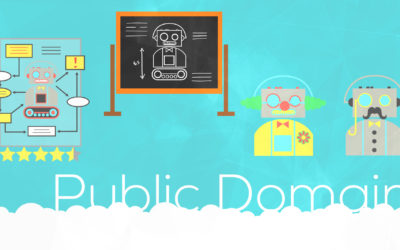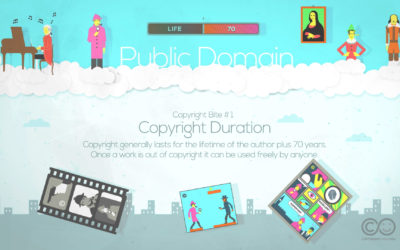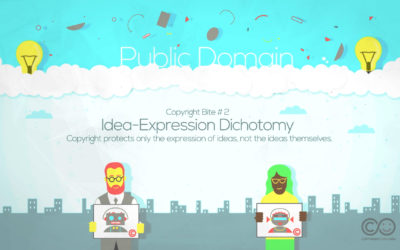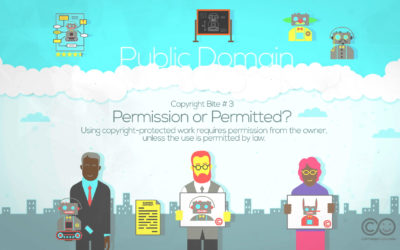Copyright Bite #3.2
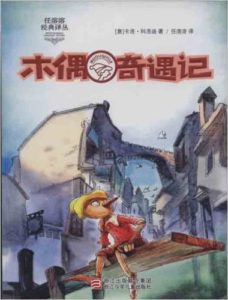 Licences and assignments can be quite specific about types of permitted activity (what you are allowed to do with the work), duration (for how long), and geography (where in the world you can make use of the work). For example, whereas an author might assign all rights in their literary work to a publisher, the publisher in turn might license different forms of commercial exploitation of the work to different third parties. A production company might secure the right to turn the book into a film. A print media company might pay to serialise the book in a magazine or in the weekend supplement of a newspaper. An overseas publisher might license the publication of the work in a foreign language whether in Europe, Asia or South America, and so on.
Licences and assignments can be quite specific about types of permitted activity (what you are allowed to do with the work), duration (for how long), and geography (where in the world you can make use of the work). For example, whereas an author might assign all rights in their literary work to a publisher, the publisher in turn might license different forms of commercial exploitation of the work to different third parties. A production company might secure the right to turn the book into a film. A print media company might pay to serialise the book in a magazine or in the weekend supplement of a newspaper. An overseas publisher might license the publication of the work in a foreign language whether in Europe, Asia or South America, and so on.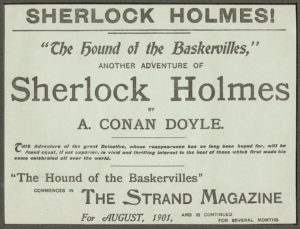 The licence that Dick has granted to George is for the manufacture and sale of toys, based on Dick’s robot. Rather than a one-off fee, they have agreed payment on a royalty basis. That is, every time George sells one of his robots Dick receives a small percentage of the profit. Also, as you can see from the different types of currency, the licence allows George to market and sell the robot on a world-wide basis; it is not tied to any particular geographic region.
The licence that Dick has granted to George is for the manufacture and sale of toys, based on Dick’s robot. Rather than a one-off fee, they have agreed payment on a royalty basis. That is, every time George sells one of his robots Dick receives a small percentage of the profit. Also, as you can see from the different types of currency, the licence allows George to market and sell the robot on a world-wide basis; it is not tied to any particular geographic region.More from Bite #3
Copyright Bite #3.1
Dick has created an original artistic work protected by copyright. Typically the first author of a work will also be the first owner of the copyright in that work.
Copyright Bite #3.3
Sally is an illustrator. She is fascinated by the phenomenon of crossover fiction, games and toys.
Copyright Bite #3.4
Making use of someone’s work to create a parody of that work, or of another work, is lawful in the UK. You do not need to ask the copyright owner for permission.
More Copyright Bites
Copyright Bite #1
Copyright Bite #1 considers how long copyright lasts and what it means to say that a work is protected by copyright or in the public domain.
Copyright Bite #2
Copyright Bite #2 explores how copyright protects only the expression of ideas and not ideas themselves.
Copyright Bite #3
Copyright Bite #3 considers how you can lawfully make use of, or borrow from, works that are still in copyright, but without having to ask for permission or make payment to the copyright owner.
Copyright Bites Credits
Copyright Bites: Credits and Acknowledgements


